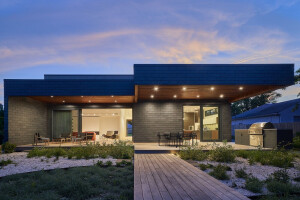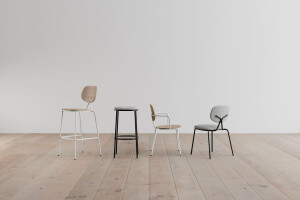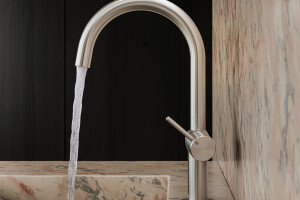Part of a social housing estate from the 1950s, existing gallery houses are replaced by new gallery and row houses in a new urban development plan.

As a starting point, the realisation of a sustainable social housing project, provided that there is a healthy density with an eye for open spaces, ambient greenery and integration into the existing neighbourhood. The new project uses a similar scale and the same use of materials.

The houses are divided into 3 zones. On a neighbourhood square to the south of the site and next to an existing medium-rise building, 12 gallery apartments have been realised over 3 levels.

On the north side, an L-shaped building with 27 gallery apartments over 3 levels to demarcate the newly landscaped square. In between, 15 ground-level row houses with garden, divided into 3 rows of 5.

In terms of urban development, public passages for pedestrians and cyclists, such as through the L-shaped building and views between and through the buildings, provide connections with both the new and the existing district, the new traffic-free square and the adjacent Tivoli Park.

Referring to the former image of the district and fitting into the existing district , the new apartments are conceived as gallery houses, made of red brick, wide galleries with steel columns, metal balustrades and concrete for the galleries.

The façade walls of the galleries were clad with white-grey cement fibre boards to form a whole with the light grey colour of the precast concrete of the galleries,
The walls and ceilings of the indoor terraces will also be covered with light grey cement fibre boards as accents in the facades.

The exterior joinery is executed in grey-white following the example of the neighbourhood.

There is an underground parking for bicycles in the L building of zone 2, accessible via a ramp and a slow stair.

In order to perpetuate the green character of the existing post-war garden city, sufficient green zones were created around the apartments and houses.













































